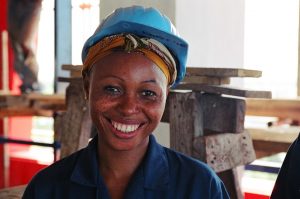What's next? Lessons on Education Recovery: Findings from a Survey of Ministries of Education amid the COVID-19 Pandemic
Anglais
Organisations internationales
Des informations sont recueillies auprès d'autres organisations internationales qui promeuvent le développement des compétences et la transition entre l'éducation et la formation et le travail. Le Groupe inter-agences sur l'enseignement et la formation techniques et professionnels (IAG-TVET) a été créé en 2009 pour partager les résultats des recherches, coordonner les efforts de recherche conjoints et améliorer la collaboration entre les organisations travaillant aux niveaux international et national.

Qualite et pertinence des formations

Résumés et synthèses de travaux de recherche
Documents de travail, comptes-rendus et autres publications venant d'organisations internationales, d'universités et d'agences bilatérales. Constats issus de la recherche pour éclairer le débat sur les questions de compétences, d'emploi et de productivité.

Findings from a Survey of Ministries of Education amid the COVID-19 Pandemic
United Nations Educational, Scientific and Cultural Organization (UNESCO), the United Nations Children’s Fund (UNICEF), the World Bank and the Organisation for Economic Co-operation and Development (OECD) have collaborated in the third round of the Survey on National Education Responses to COVID-19 School Closures, administered by the UNESCO Institute for Statistics (UIS) and OECD to Ministry of Education officials. The questions covered four levels of education: preprimary, primary, lower secondary and upper secondary. While the first two rounds of the survey were implemented during the periods May–June and July–October 2020, respectively, the third round was implemented during the period February–June 2021. In total, 143 countries responded to the questionnaire. Thirty-one countries submitted responses to the OECD (“OECD survey”) and 112 countries responded to the UIS (“UIS survey”). Seven countries responded to both surveys. In these instances, the more complete set responses were used in analysis.